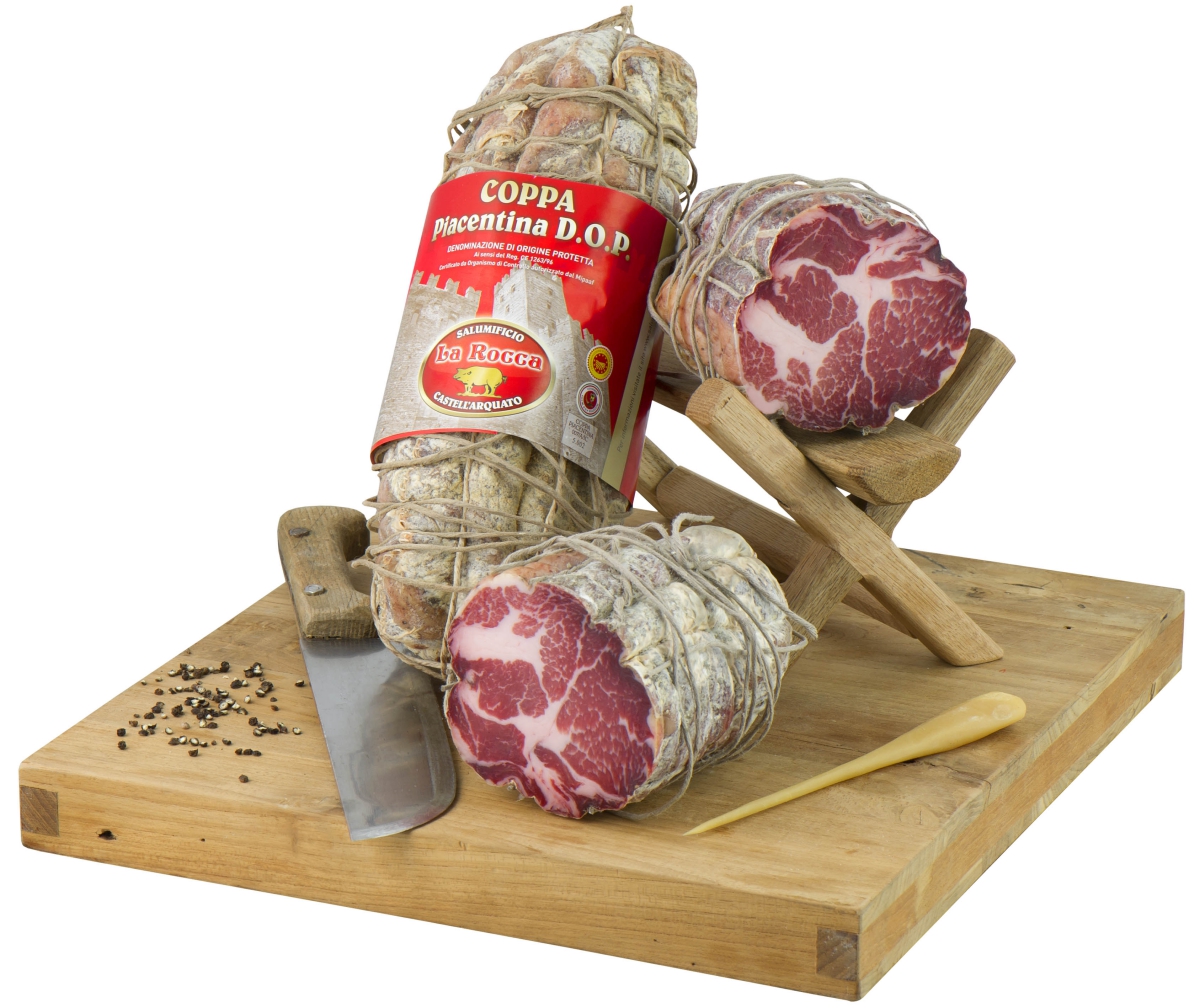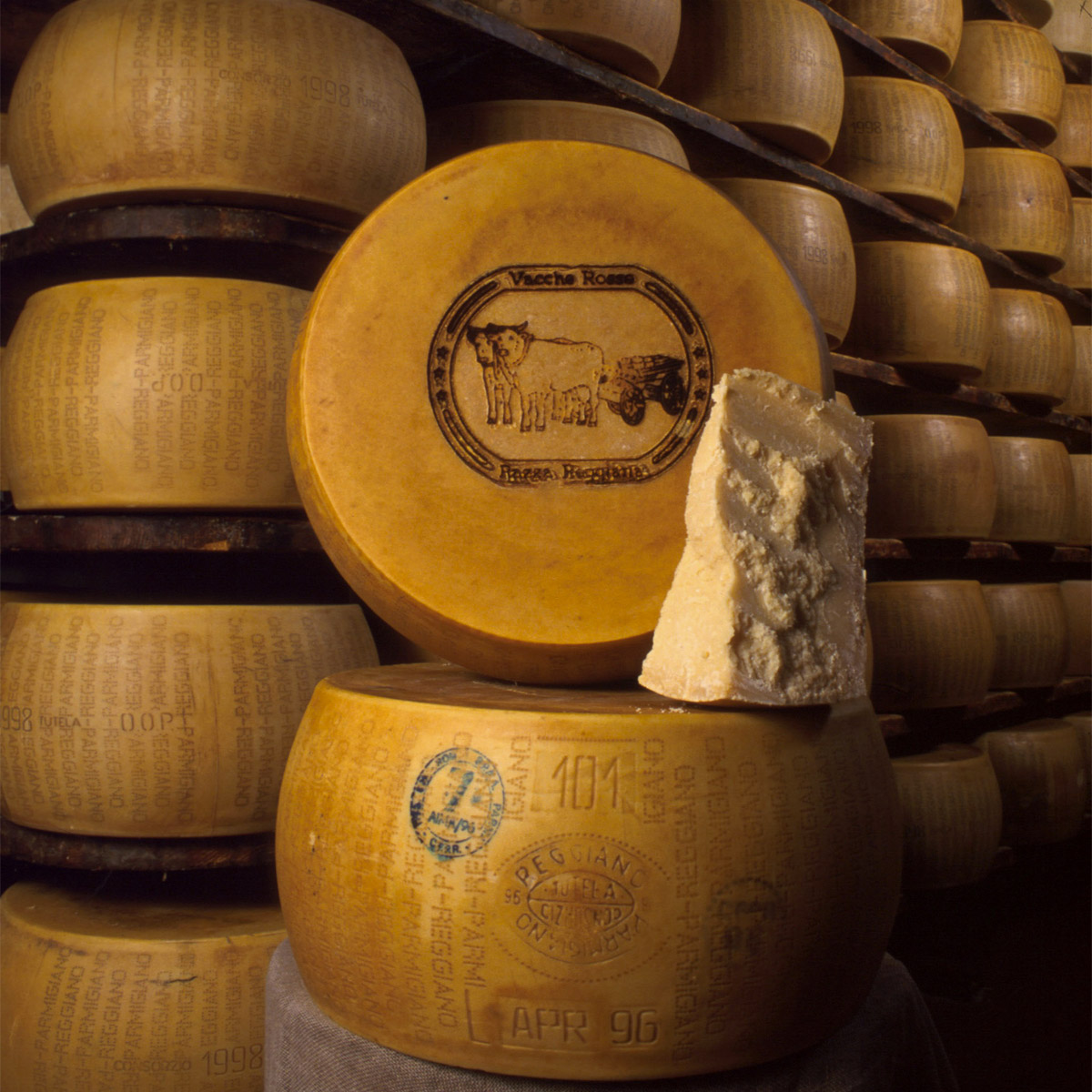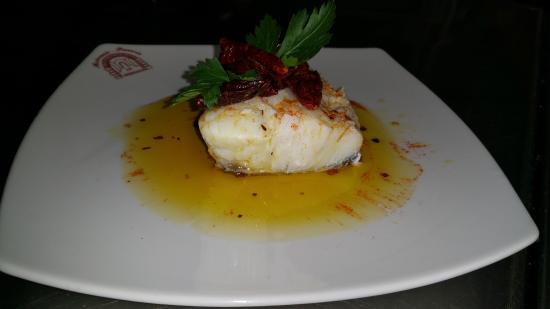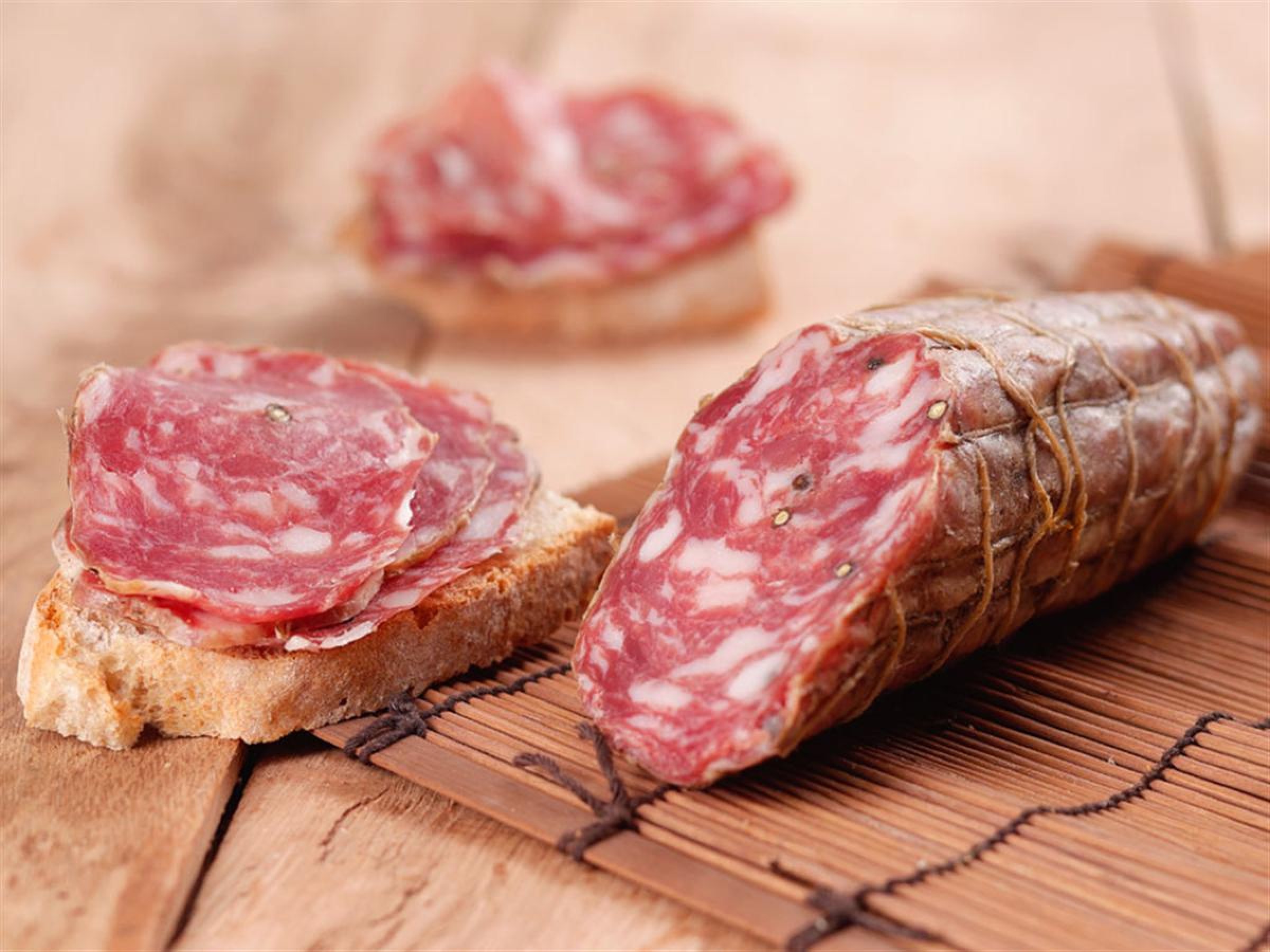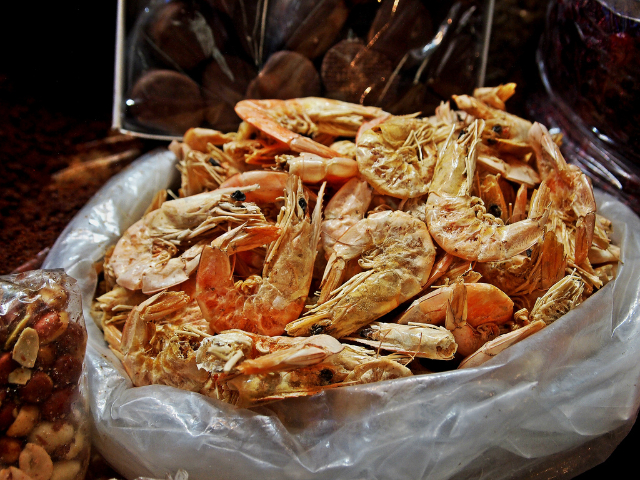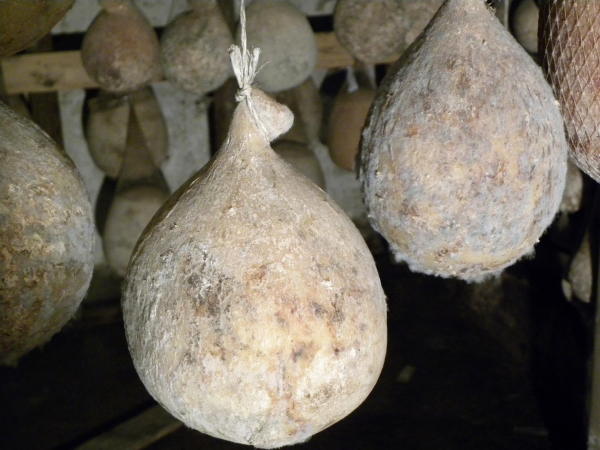The process, typical of the Arda Valley in the Piacenza area, involves the roughly cylindrical cut of meat between the head joint and the fifth to sixth rib of the pork loin. Curing varies from six months to one year. It can be stuffed into a pork bladder or beef intestine.
Its origin is linked to the family tradition handed down in the farmsteads of the plains, where this cured meat was considered as one of the most valuable products, to be consumed on feast days or for particularly important gifts. Long ago in the countryside, coppa even constituted a kind of gratuity: landowners, in fact, offered slices of it to reapers as an incentive to work harder.
In 1800 there are written records of Coppa produced in the upper Val Nure and Val Trebbia, in the province of Piacenza, once known by the term "Bondiola," which, according to Napoleonic sources, "is nothing but the scruff of the pig tanned with about 11 grams of salt, 39 of pepper, 13 of powdered cinnamon, 6 of the same drug in cane and 6 of carnation for each weight, then wrapped in a skin of suet, and tightly bound."
A further testimony, datable to 1859, and relating to the town of Bobbio, on the high Apennines, recalls how "in this district pork is much tastier than elsewhere, and the salami and the so-called Coppa di Bobbio, which are sent as gifts to distant countries, are very highly prized. This is due, I believe, to the farinaceous, fruit and vegetables in general that serve as food for these animals and that are more flavorful and aromatic there."
Coppa piacentina has been distinguished since 1996 by the PDO – Protected Designation of Origin – which includes the territory of the province of Piacenza with an altitude of less than 900 meters. The most important aging areas are Pianello Val Tidone, Bettola, Carpaneto Piacentino, Gragnano Trebbiense and Lugagnano Val d’Arda.
